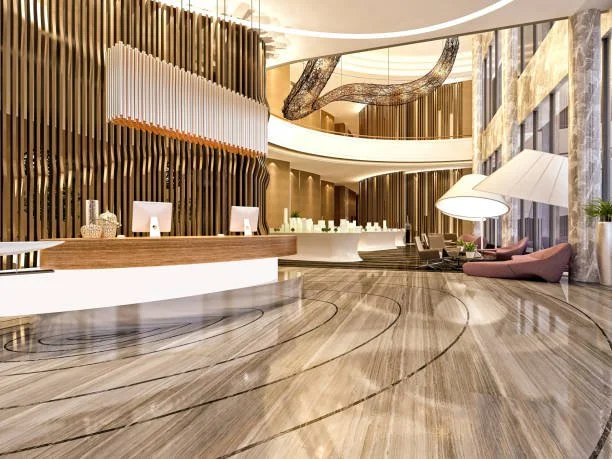How Much Does a Lobby Redesign Really Cost? | Smart Budgeting for High-Impact Commercial Spaces
When your lobby is the first thing visitors see, a high-impact redesign can pay off in brand perception, functionality and customer loyalty. But a major question remains: what does this cost? Knowing realistic budget ranges helps businesses plan properly and make smart decisions.
Cost Ranges & Benchmarks
For commercial lobbies and public spaces, industry data shows a wide range of investment depending on scope, finishes and location:
For major hotel lobby renovations: around US $135–$177 per sq ft average for full-scale works.
Another guide shows “lobby full renovation additional cost” averaging US $164–$234 per sq ft in upscale settings.
For more standard commercial renovations (office/retail): typical cost ranges between US $50–$100 per sq ft for basic upgrades, and US $100–$200+ per sq ft for higher-end works.
So, if your lobby is 1,000 sq ft:
Basic refresh: ~$50K–$100K
Mid-range: ~$100K–$200K
High-end/custom: $200K+ easily, depending on materials and complexity.
What Drives the Cost?
Scale and footprint of the space
Material and finish quality (luxury stone, bespoke joinery, high-end lighting)
Structural/MEP updates (HVAC, electrical, acoustics)
Branding and layout changes (new reception pods, custom furniture)
Urban location (higher labour, permit and compliance costs)
How West Village Interior Helps You Control Cost
At West Village Interior, we leverage our trade partnership program to access exclusive pricing on furnishings, lighting and finishes—saving you up to 10-25% or more on premium products compared to retail. Combined with clear budget planning and design strategy, you get a high-end lobby at a more manageable cost.
Conclusion
Budget smart: define your scope (refresh vs full overhaul), check benchmark cost per sq ft, plan for hidden costs, and use your design partner to maximize value. A well-designed lobby isn’t just an expense—it’s an investment in brand experience.
